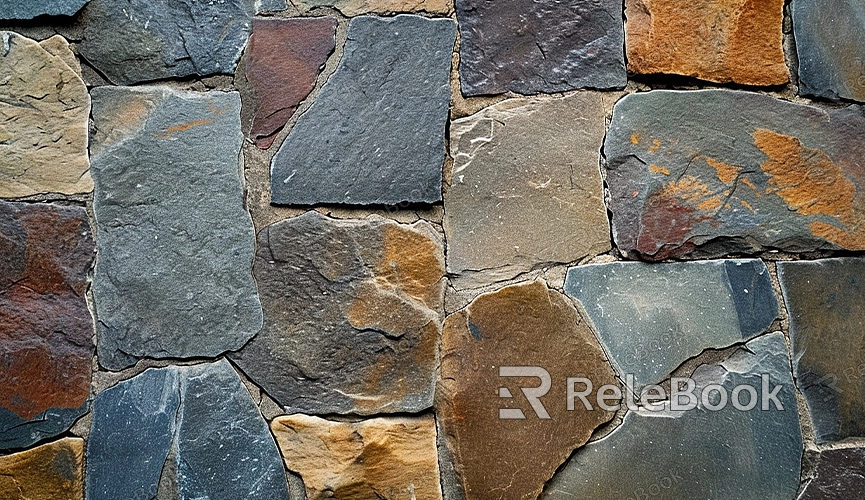Blender Low Poly Texture
Blender is a powerful 3D modeling software, and low poly textures are one of the essential elements for achieving artistic simplicity and unique styles. This article will guide you on how to create low poly textures in Blender, providing a detailed step-by-step tutorial and vivid examples.

Tutorial Steps:
1. Create or Import a Low Poly Model
Open Blender and choose or import a low poly 3D model. Ensure the model is clean and has a low polygon count.
2. Adjust UV Layout
Switch to edit mode and adjust the model's UV layout. Ensure each part has a reasonable distribution for accurate mapping of subsequent texture maps.
3. Select Base Colors
Choose base colors suitable for the low poly style. This could be vibrant solid colors or simple gradients, depending on design requirements.
4. Add Shadows and Highlights
Use painting tools to add shadows and highlights to the model. This not only emphasizes the model's contours but also creates realistic light and shadow effects on the surface.
5. Apply Details and Patterns
Add subtle details and patterns, such as textures, lines, or simple shapes. This adds depth to the model.
6. Introduce Normal Maps
Apply normal maps to enhance the model's detail representation during rendering. This step is crucial for low poly models.
7. Adjust Material Properties
Fine-tune material properties such as reflectivity and roughness in the material attributes, ensuring optimal texture rendering during the final render.
Common Use Cases of Low Poly Textures in Blender:
1. Low Poly Tree Textures in Game Scenes
Use low poly textures in game design to give trees a unique style, clearly presenting the clean shapes of each leaf and trunk.
2. Minimalist Appearance for Urban Buildings
Apply low poly textures to architectural models for a modern city scene, highlighting the minimalist appearance of the buildings.
3. Simplistic Design for Car Models
Use low poly textures to present car models with a simple yet stylish design, retaining the main contours while reducing polygon count.
4. Cartoon Characters in Animation
Employ low poly textures in animation production to enhance cartoon characters, clearly outlining facial expressions and contours.
5. Devices in Futuristic Tech Scenes
Apply low poly textures in sci-fi scenes to create futuristic tech devices, offering a clean and technologically advanced aesthetic.
6. Animal Models in Ice and Snow Worlds
Create low poly textures for animal models in icy scenes, presenting a fresh and clean snowy atmosphere.
7. Minimalist Furniture in Interior Scenes
Utilize low poly textures to give a unique minimalist style to furniture in interior scenes, combining simplicity with fashion.
8. Low Poly Design in Abstract Art
Use low poly textures in abstract art pieces to create unique and abstract artistic effects, providing viewers with different creative impacts.
Through these examples, we can understand how to create interesting low poly textures in Blender. Each scene showcases creative applications of the low poly style in different fields, achieved through clever settings and meticulous rendering effects. If you need high-quality 3D textures and HDRI or 3D model downloads, you can find them on Relebook. After downloading, simply import the textures and 3D models into your project for immediate use.

